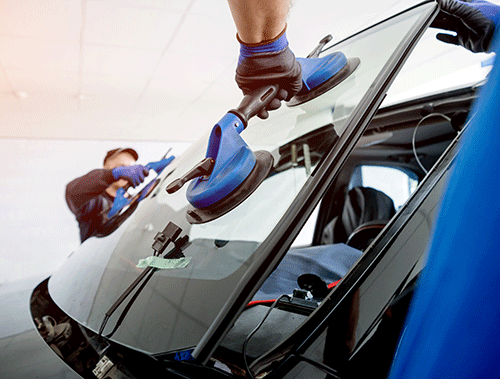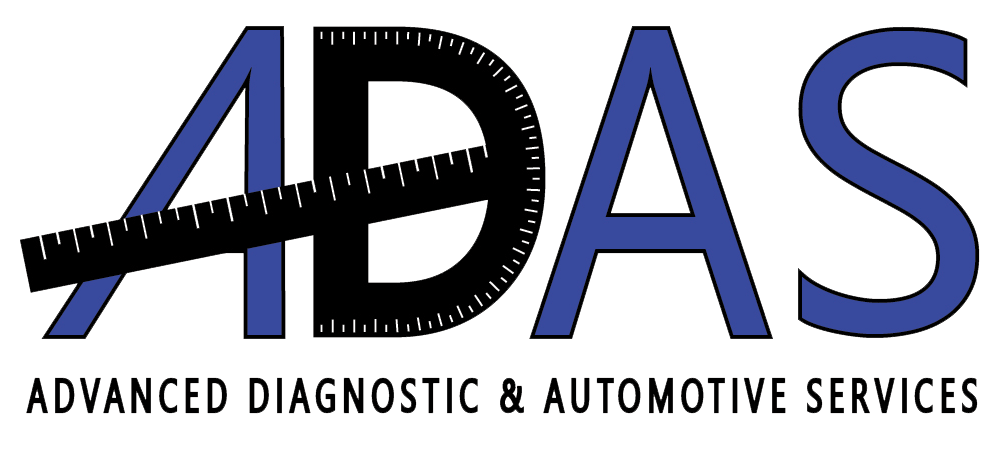Understanding Windshield Calibration for ADAS-Equipped Vehicles: More Than Just a Simple Replacement
In recent years, Advanced Driver Assistance Systems (ADAS) have become an integral part of modern vehicles, enhancing safety through features like lane-keeping assistance, adaptive cruise control, and automatic emergency braking. These systems often rely on sensors and cameras strategically placed around the vehicle, many of which are mounted on or near the windshield. Consequently, when the windshield is replaced, it’s not just a matter of fitting a new piece of glass; it requires precise calibration to ensure the ADAS features continue to function correctly.
- August 27, 2024
- 2 minutes
The Complexity of ADAS Windshields
Windshields in vehicles equipped with ADAS are more than just a barrier against the elements. They are a crucial component in the system’s overall functionality. Many ADAS sensors and cameras are mounted directly on the windshield, particularly those responsible for forward-facing functions like lane departure warnings and forward collision alerts. These sensors and cameras must be aligned correctly to ensure the vehicle’s ADAS features operate as intended.

Why Calibration is Essential
Calibration ensures that the sensors and cameras are properly aligned after a windshield replacement. Even a slight misalignment can lead to significant issues. For instance, a camera that’s even slightly off-center might misinterpret the distance to an object or fail to detect lane markers accurately. This can result in false alarms or, worse, a failure of the system to activate in a critical situation.
Without proper calibration, the ADAS features may not function as designed, which can compromise the safety of the vehicle’s occupants and others on the road. Furthermore, many vehicle manufacturers require calibration as part of the windshield replacement process to maintain the vehicle’s warranty. Ignoring this step can lead to costly repairs and legal liabilities.
The Calibration Process
Windshield calibration typically involves two types of processes: static and dynamic. Static calibration is performed in a controlled environment with specialized equipment that aligns the ADAS sensors to the vehicle’s specifications. Dynamic calibration, on the other hand, requires the vehicle to be driven at specific speeds under certain conditions, allowing the sensors to recalibrate based on real-world data.
Both processes require expertise and precision, making it essential to have the calibration done by trained professionals using the appropriate tools and equipment.
Conclusion
As vehicles become more advanced, the complexity of repairs and maintenance, such as windshield replacement, increases. For ADAS-equipped vehicles, windshield calibration is not just an added service; it’s a critical step to ensure the safety features continue to function correctly. If you’re in need of a windshield replacement for a vehicle with ADAS, make sure to choose a service provider that understands the importance of proper calibration. Your safety, and that of others on the road, depends on it.
Contact Us for Expert ADAS Calibration in Orangevale, CA
If you’ve noticed any of the signs mentioned or simply want to ensure your ADAS is in top-notch condition, reach out to ADAS Pro. Our Orangevale, CA shop is ready to provide professional ADAS calibration services, ensuring your vehicle’s safety and optimal performance on the road. Contact us today to schedule your calibration appointment!
